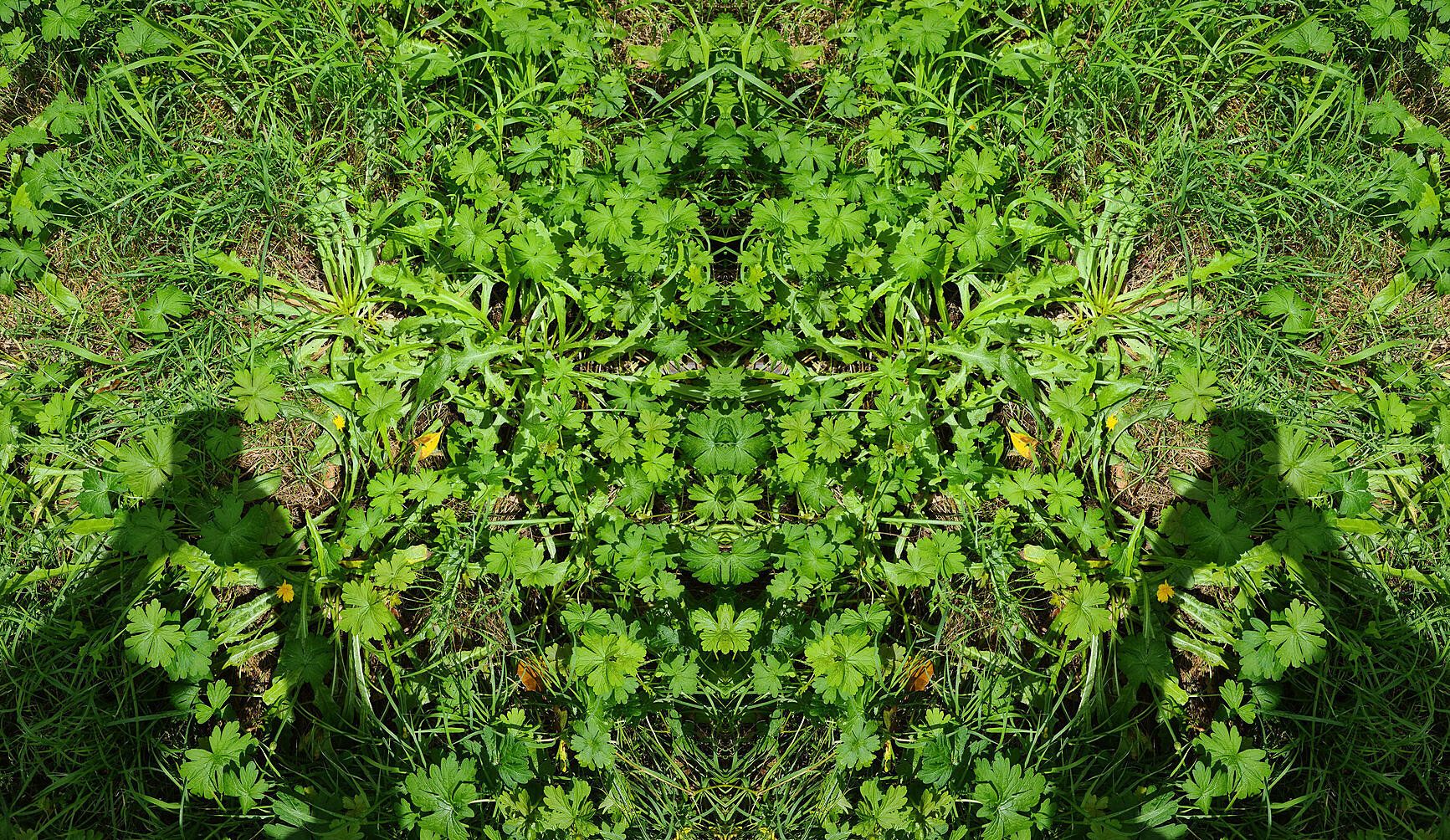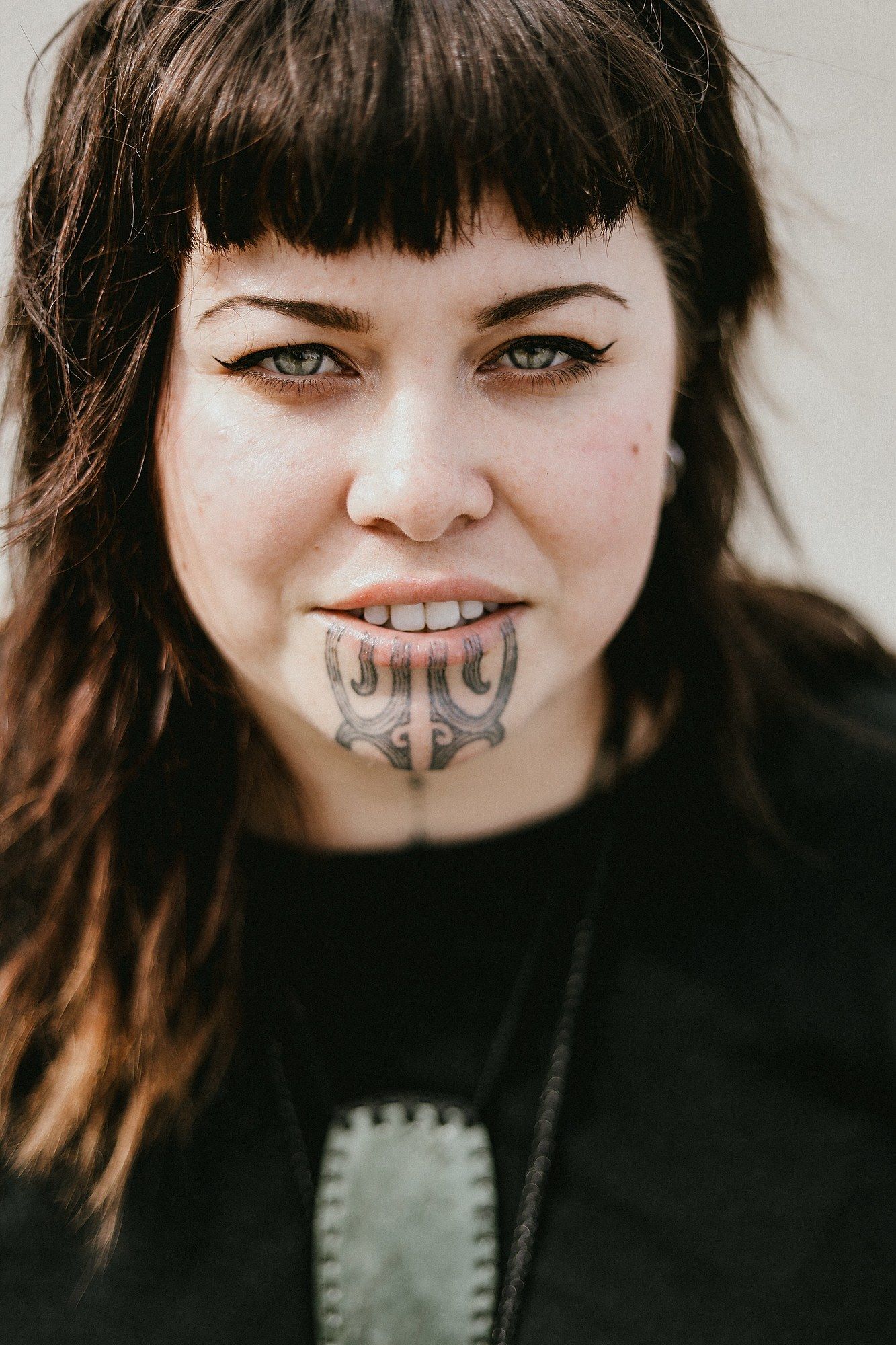First Clear the Weeds, then Plant
In the wake of Mercy Pictures’ People of Colour exhibition, Ana McAllister writes on art that is deliberately triggering, or divisive.
This publication will not be publishing images of the Mercy Pictures or Theo Schoon exhibitions.
Recently, a gallery in Tāmaki Makaurau opened a show called People of Colour. This exhibition included numerous flags from different contexts. Some flags of countries, some flags of movements. The Tino Rangatiratanga flag was displayed, as was Te Mana Motuhake o Tūhoe.
Artists Hiraina Marsden, Jan Dobson and Linda Munn designed the Tino Rangatiratanga flag in 1989. Whaea Linda is the last surviving designer, and she holds the flag’s mauri as the kaitiaki over it. The black represents Te Kore, the white Te Ao Marama, and the red Papatūānuku and the creation of life. The koru in the centre is the unfolding and renewal of life.
Te Mana Motuhake o Tūhoe flag was designed by Tim Worrall in the early 1990s. The people of Tūhoe use this flag in the assertion of self-sovereignty. In the 2009 raids, objects with this design on them were seized when the government invaded Tūhoe and held families at gunpoint with no food or water for hours, only to release them with no charges laid.
Alongside these flags in People of Colour were multiple white supremacist and white power flags, including the SS flag, and numerous variations of the flag of Nazi Germany. This exhibition is part of a larger trend within the art community to create art or curate exhibitions for ‘shock value’ or to ‘trigger’ their audiences.
Deliberately shocking exhibitions became prominent with the rise of Dadaism and contemporary art in the early 1900s. Artists like Marcel Duchamp would create artworks that were deliberately pushing the limits of what is and isn’t considered art. Placing a urinal in an art gallery was definitely controversial, but did not harm anyone.
Image credit: Anna McAllister
Racist art is also nothing new. In Aotearoa the first waves of colonisation included art that illustrated Māori men as savage monsters, and Māori women as dusky maidens. This continued into the 20th century with artists like Theo Schoon and Gordon Walters appropriating and distorting our culture, regurgitating it into a digestible piece of art for Pākehā audiences. Creating racist art is nothing new, or groundbreaking. It has been happening for 251 years.
Two examples of antagonistic exhibitions are the previously mentioned People of Colour and the Theo Schoon retrospective held last year at City Gallery Wellington. The Schoon exhibition was co-curated by Aaron Lister from City Gallery and Schoon biographer Damian Skinner. Lister and Skinner knew of the controversy that would be created when exhibiting a well-known racist who once said that modern Māori were an embarrassment to their pre-colonial tīpuna.
Both exhibitions, in my opinion, were curated to ‘trigger’ the ‘woke’ art scene, subscribing to the idea that all publicity is good publicity. City Gallery faced no long-term repercussions for curating an exhibition that left multiple visitors in tears. The gallery that created and hosted People of Colour is a private institution, and although they received Creative New Zealand funding in May, the repercussions from People of Colour may leave them unlikely to gain further funding in the future.
rich kids using mommy and daddy’s money to play a game they do not have the education to play
This prompts the question: How will we hold these institutions accountable? Public galleries of course have a wider duty to be accountable to the people. But the people they have at the front of their minds first and foremost are their donors. We can assume that most donors are rich, white, older people who may have a very different perspective to someone like me. The curators do consider the general public when putting shows together. However, I argue they are not the main focus. Curators are well aware that some of the shows they produce many people would not enjoy – perhaps the show is too minimalist, too theoretical or, like the Schoon show, too insensitive.
Shows like the Schoon one suggest that some galleries are willing to put their donors and the potential for scandal above any desire to ensure the safety of their audience. The curators are not dumb, in this instance they were two highly educated Pākehā men who should have known that the content of that show was going to cause some pain to the audience, particularly those who had never heard of Schoon or his horrible art.
The following gives an idea of how this show looked. In the 1940s, Schoon was sent by the government to South Canterbury to record the rock drawings done by Māori there. He did this, but in the process, he felt that the drawings were not as good as they could be. So he drew on them and added to the compositions. Examples of these rock drawings were then displayed as a part of this show, with no information easily accessible describing his destruction of sacred Māori art. Though the curators are educated in Pākehā art theory, they are clearly lacking any understanding of tikanga Māori, or te ao Māori. So why should they be allowed to curate shows they do not have the knowledge base to comprehend?
E ngaki ana a mua, e tōtō mai ana a muri
People of Colour was curated by an artist-run gallery space in Auckland called Mercy Pictures. English writer Nina Power, a well-known far-right fascist and TERF, wrote the clumsy accompanying text to this exhibition. A group of Elam School of Fine Arts graduates run Mercy Pictures, raising concerns around the education at Elam on cultural competency and critical thinking, or lack thereof.
Clearly this exhibition is at a different level to the Schoon one, the violence perpetrated not only at a larger scale but across multiple minority and persecuted groups. This is symptomatic of a conversation I heard regularly in art school, this conversation around ‘cancel culture’ and ‘PC gone mad’. The students I interacted with who started these conversations were often privileged kids, from wealthy families. They enjoyed ‘playing the devil's advocate’, which is now simply an excuse to be rude without being held accountable for your rudeness. Mercy Pictures seems to have the stench of rich kids using mommy and daddy’s money to play a game they do not have the education to play.
This brings me back to my question. How do we hold these institutions, both public and private, accountable? I have written about art schools before. My critique of them is nothing new, however this kind of conduct is the flow-on effect of the issues within art schools. Effects that are now being felt across generations, cities and institutions. The failings of art schools to adequately educate on cultural safety continues to permeate the art world in Aotearoa, and lead to violence and harm to ourselves and the public.
E ngaki ana a mua, e tōtō mai ana a muri.
First clear the weeds, then plant.
Feature image by Anna McAllister


